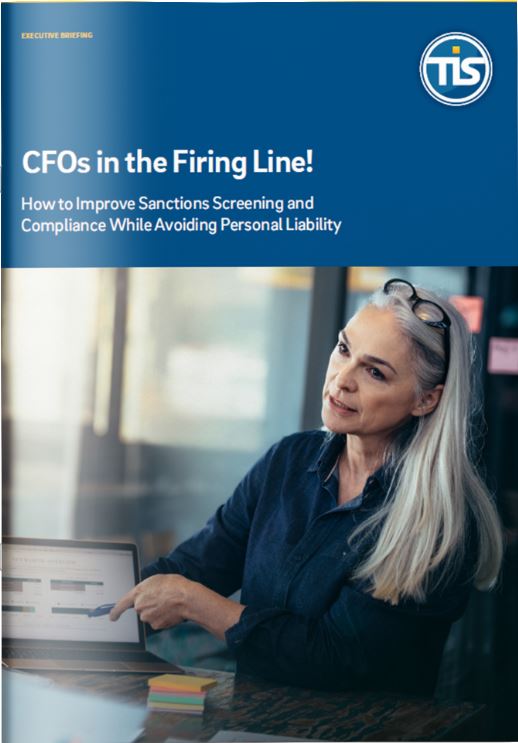Meet our Experts – Interview François de Witte
07-07-2020 | François de Witte | treasuryXL
After having worked for more than 30 years in banking, our expert François de Witte launched his own consultancy activity, FDW Consult, specialized in finance and treasury consulting. From 2014 to 2016, he was also Solution Partner Treasury & Finance at USG Professionals. Since then he took up several assignments, including one in the automotive sector with Ginion Group and with Ibanity, part of Isabel Group in the area of PSD2 and open banking. He currently is Senior Project Manager Treasury at Gaming1 (part of Ardent-Group). He is also co-founder and CFO of SafeTrade Holding. Key areas of expertise:
- International Cash management
- Working capital management
- Financing & Structured finance
- Advisory and banking relationship, strategy and negotiations
- PSD2 and open banking.
We asked him 11 questions, let’s go!
1. How did your treasury journey start?
My roots are not really in treasury, because I have spent 30 years in banking with ING. Mid-2013, I made a major career move to treasury & finance. I could thereby leverage on the expertise I acquired in both Corporate Banking and Payments & Cash Management.
2. What do you like about working in Treasury?
The diversity of topics and people with whom you are in contact. The treasurer monitors the cash & finance, and is in the frontline of the circulatory system of the company. In addition, in view of the technology developments and the globalisation, treasury is a fast moving discipline,
3. What is your Treasury Expertise?
Based upon a gap analysis, during the first couple of years, I strengthened my expertise in the other areas of treasury by self-training. I also started training in some subject matters, at the university and at other training organisations, and this is a good way to keep yourself updated on the latest developments.
4. Do you have examples of risk mitigation, creation of opportunities and/or cost savings?
I have done quite a number of consultancy assignments. In one of them, thanks to a complete review of the processes, including also the business, we managed to gain some 10-15 days working capital management. In another project, we reviewed the account structure and the bank lines and could generate substantial savings. During a treasury scan, I was able to identify foreign exchange risks, which had not been spotted by the management.
5. What has been your best experience in your treasury career until today?
In my current assignment, we have selected a TMS-solution (Kyriba) and are currently finalising the implementation. Simultaneously we created a cash pooling and an In-House bank and streamlined the processes.
6. What has been your biggest challenge in treasury?
When starting in treasury, I did not have experience on the field, and needed to switch from a banker’s approach to a corporate approach. If you want to be successful, you need to also have operational experience. I have spent at the start quite a lot to train myself and to get up to speed in treasury.
7. What’s the most important lesson that you’ve learned as a treasurer?
Cash is and remains king. It is very important to make the management aware of the importance of cash, even if a company is in a cash-rich position.
8. How have you seen the role of Corporate Treasury evolve over the years?
The Treasurer is becoming a business partner of the whole group. As a treasury, you get a good transversal view of the business flows. This is very nice because you are in the cockpit of the finance department.
9. The coronavirus is undoubtedly an unprecedented crisis. In general, can you elaborate on the impact this virus has on treasury from your perspective?
The COVID crisis was a wake-up call. It reminds us that it is important to keep the focus on cash and working capital management. It also highlighted the importance of good well-balanced banking relationships. During the last years, some corporates did not put the right attention to this.
10. What developments do you expect in corporate treasury in the near and further future?
Cash will remain dominant. In addition, we have the automation enabling to work more efficiently. I also see AI (Artificial Intelligence) as enabler, e.g. for cash forecasting. Blockchain will also add value in some areas, such as documentary trade.
11. What is your best advice for businesses without a Treasurer?
Even if you do not have the critical mass to justify a treasury department, give it the right attention. Try to understand the drivers of your cash generation and to identify the risks. I would also recommend to invest in a treasury management scan.
Founder & Senior Consultant at FDW Consult

















